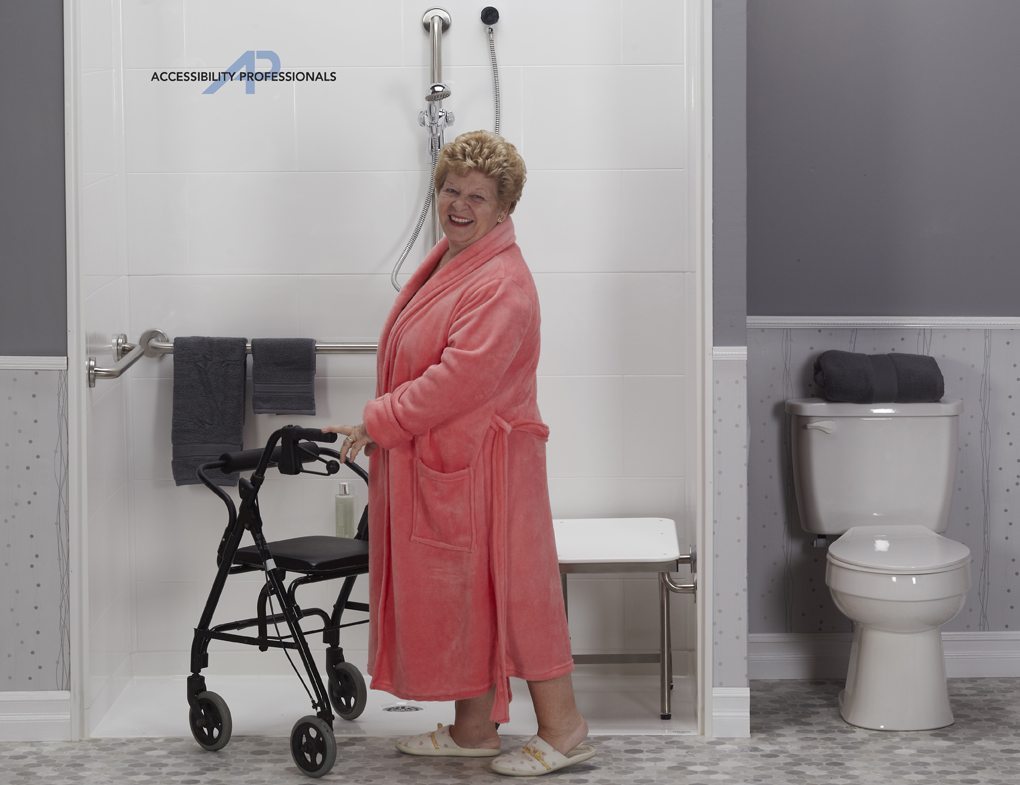GUEST POST – Hip replacements have become a common theme in today’s operating room and are expected to continue to skyrocket in the next few years. You or someone you know might have had a hip replacement. Not all patients recover and bounce back as quick or painlessly as others. The hip is one of the largest joints in the body. The road to recovery requires patience and positivity. A common fear after any joint replacement procedure is the chance of falling. Here are some tips to keep you safe while you recover.
The early stages of recovery, or short term recovery, includes your ability to get out of your hospital bed and determines discharge dates. You will usually get a walker for stability on the first or second day after the surgery. With the improvements that have been made in surgeries, the average release date is the third day after surgery. The average short-term recovery is four to six weeks and includes no longer taking your pain medications and walking around the house pain free and without walking aids.
The long-term recovery of your hip replacement involves the healing of the internal soft tissues and a complete healing of surgical incisions. When you are able to return to the normal daily living activities and can return to work, it is a sign you are on the way to a full recovery. The average long-term recovery is four to six months.
Mobility equipment you may find helpful
During your recovery, you might find mobility aids such as a wheelchair, cane, walker, or a power scooter useful tools to have access to. Building up strength and movement is important in the recovery process but be sure to take your rest time and to not push yourself too hard. For those with balance issues, the cane or walker might be the best option; the wheelchair or power scooter could help during the rest periods.
Other useful tools to keep your home recovery safe, is a grabber/reacher tool in case you drop items. Depending on the layout of your house, wheelchair ramps and stairlifts might be a good investment.
Preparing your home for recovery
Safety is key in the post-surgery recovery months. Important home modifications for a safe recovery in the post-surgery months includes:
- Stable shower chairs or shower benches for bathing
- A raised toilet seat
- Non-slip shower mats
- Safety grab bars for your bath or shower
- Sturdy, strong chairs with good back support and arms, and a firm seat cushion
Removing loose electrical cords and rugs or carpets in all high traffic areas in your house is important. A fall or even a slip can be devastating during the recovery time especially the vulnerable first few weeks and months following your hip replacement surgery. Having a recovery room set up is a smart move during your recovery. Having medications, magazines, TV remotes, books, phone within reach in the room you will spend most of your time will help reduce the chance of falls.
FreedomShowers.com is the place to shop for your safety needs during recovery. For bath and shower seats, grab bars and other important items follow the following links:
https://www.freedomshowers.com/Shower-and-Bath-Seats
https://www.freedomshowers.com/Bathroom-Grab-Bars
https://www.freedomliftsystems.com/
Best surgeon for hip replacements
Dr Nakul V Karkare is an orthopedic surgeon who is highly specialized in joint replacement surgeries and limb reconstruction. To learn more about his medical practice, visit https://www.newyorkhipknee.com/ Information about the total knee replacement services can be found at https://www.newyorkhipknee.com/services/total-knee-replacement/
Know someone having a hip surgery? Share this post on Facebook and tag @accessibilitypro

A very useful article as always. Thanks for sharing user-friendly content.